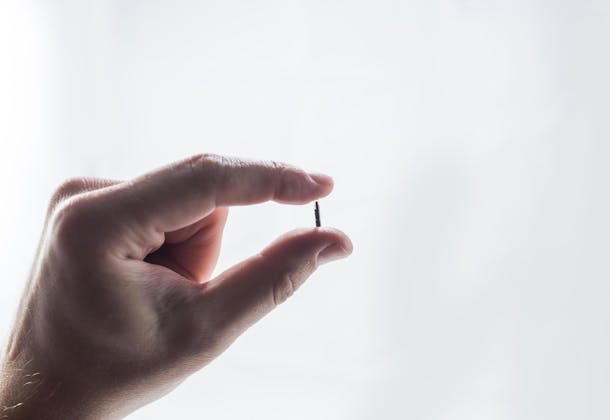February 7, 2022
A new way to control the polarization of light
For quantum communication or optical computing it is important to measure and to influence in which direction a light wave is oscillating. It is now for the first time possible to manipulate this polarization of a continuous laser wave with a special glass fiber, which has mirrors attached at both ends.



